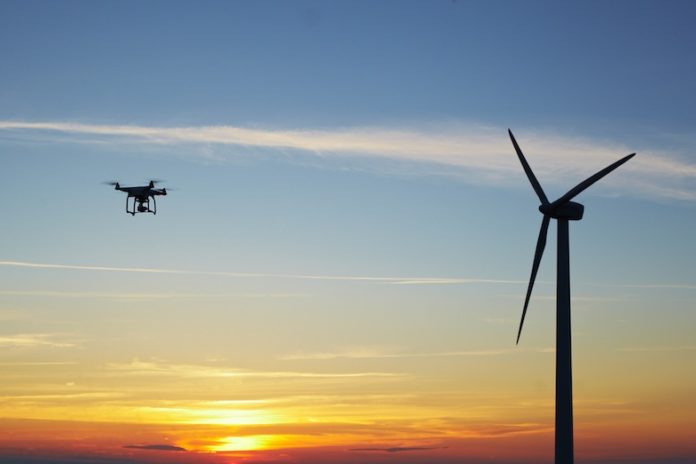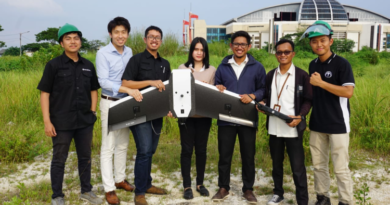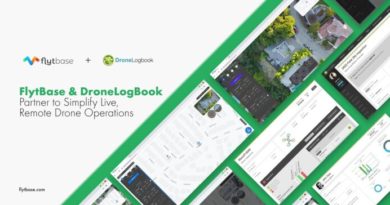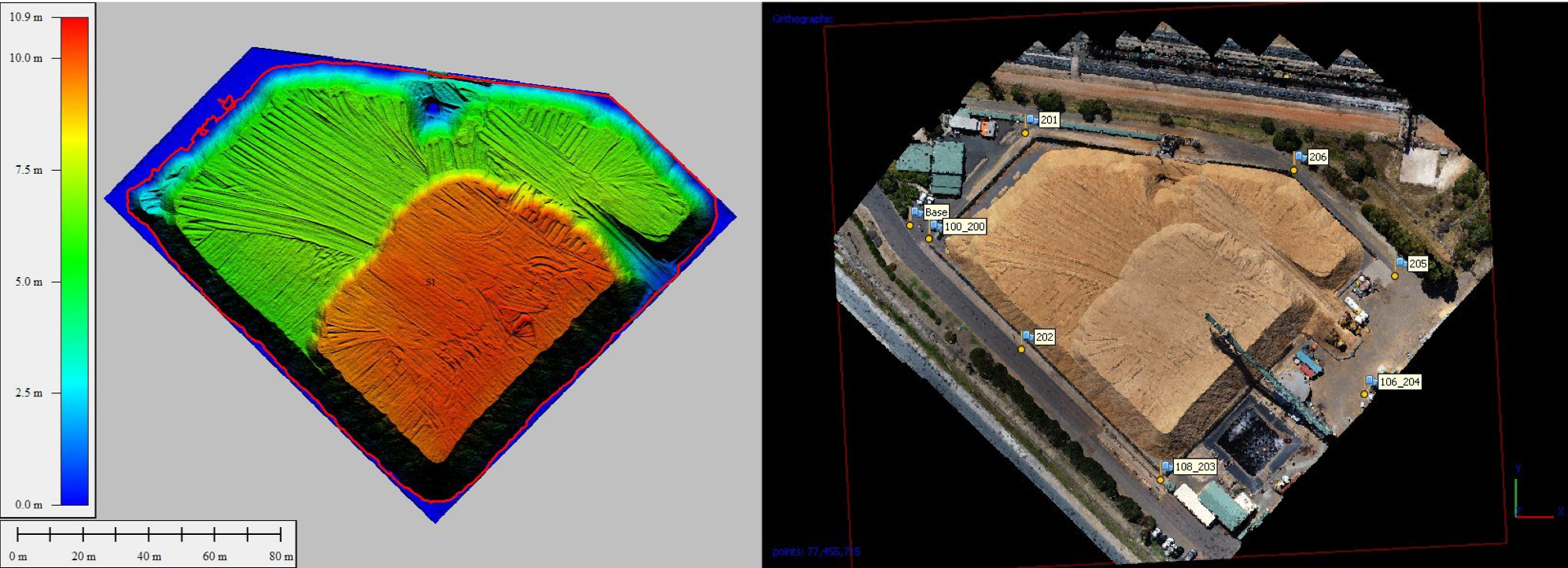How Drones Are Revolutionizing Wind Farm Maintenance
With blades longer than football fields, wind farm technology is growing and advancing in leaps and bounds. New wind farms are being built all the time, both in the United States and around the world, but this introduces some practical issues. Like any complex machinery their size, wind turbines have to be regularly inspected for potential damage and wear.
As wind turbines grow larger, failure becomes ever more spectacular and catastrophic – the myriad of “wind turbine failure” videos on YouTube with hundreds of thousands of views attest to that. As wind farms get bigger, it becomes prohibitively difficult to inspect the entirety of the space. Today, wind turbine inspections are done by human inspectors — but drone technology is fast revolutionizing the industry.
The Current State of Wind Farm Maintenance
Wind turbine inspections are typically done by human inspectors. Inspectors will walk from turbine to turbine, running a visual inspection. Sometimes they will inspect from the ground, other times they will need to climb the turbine for a more thorough inspection. Understandably, this is both time-consuming and risky – even with proper safety equipment, putting a human hundreds of feet above the ground always carries some danger.
Inspecting the entirety of a wind farm in this manner can take weeks. As inspections are time-consuming and costly, wind farm owners will not do them frequently. As world continues expanding into the wind energy sector, there needs to be more efficient options for inspection.
This is where drone technology enters the picture. UAVs provide many advantages in the area of wind farm maintenance. While human inspectors can still be involved in the event that actual damage occurs, drones can be used for preliminary scans, data, and reporting.
The Advantages of Drones for Wind Farm Maintenance
There are many advantages to using drones for wind farm maintenance. They are fast, nimble, and programmable: Imagine a fleet of linked UAVs swarming through wind farms, taking photographs, acquiring LiDAR scans, and even interacting with sensors on the turbines themselves. The data they collect can be delivered back and analyzed, so that any issues with the turbines can be viewed by experts on the ground.
Anything that appears to be damage can be manually inspected once discovered, dramatically reducing the amount of time necessary while also ensuring a comprehensive scan. Through the use of drones, the inspection process will be able to cover the entirety of a wind farm within days or even hours rather than weeks.
When integrated into the Internet of Things and sets of sensors, drones will also be able to detect issues such as over-heated components or components that are operating erratically. All of this information can be used together to predict whether a turbine might experience issues, meaning that preventative maintenance can stop issues before they become something you might see in one of those YouTube videos.
Due to its inherent advantages in cost and speed, drone inspections can be conducted far more frequently than traditional inspections can. Further, if any issues do arise, drone inspections can be used to show that it wasn’t regular wear-and-tear. This comes into play when reporting claims to insurance and investigating potential safety issues. For instance, you can demonstrate to your insurance provider that the drone scan performed one week before the thunderstorm clearly showed no damage, whereas the scan performed after it shows visible thunder scarring.
Key Takeaways
The wind industry is only growing, both in the size of its equipment and the size of the farms themselves. It’s absolutely vital for there to be a way to affordably and efficiently inspect the equipment.
Here are a few core takeaways:
- As wind farm technology becomes larger and more complex, it becomes necessary to complete inspections more frequently. Without inspections, devastating mechanical failure can occur.
- In the past, inspections have been completed through manual inspection, with inspectors having to cover large amounts of land and manually climb the equipment.
- Drones can fly close to the equipment safely, performing visual inspections and identifying potential risk factors. These risk factors can then be followed up by inspectors.
- When integrated with sensors and the Internet of Things, drones can predict potential issues with wind farm technology before they emerge, thereby offering the chance for proactive maintenance.
- Drone technology is a faster, safer, and cheaper method of inspection, and will be able to revolutionize and support the emerging wind farm market.
It’s exciting to consider what the future may hold for both drone-based and wind-based technology. For many applications, including wind farm maintenance, drones will be able to improve upon existing maintenance schedules while reducing cost, time, and risk.

Guest post by Dustin Price, a licensed land surveyor and the Operations Manager at Landpoint. He leads the company’s technical approach to delivering professional surveying services by providing tailored solutions using UAV technology.



